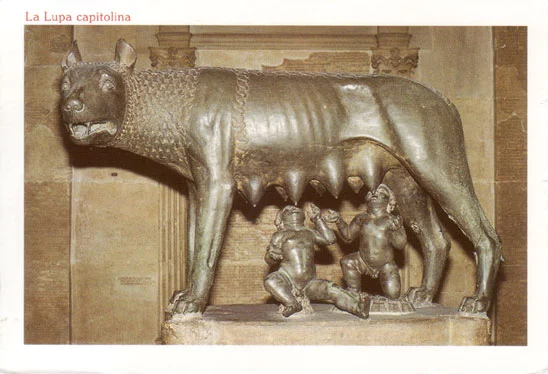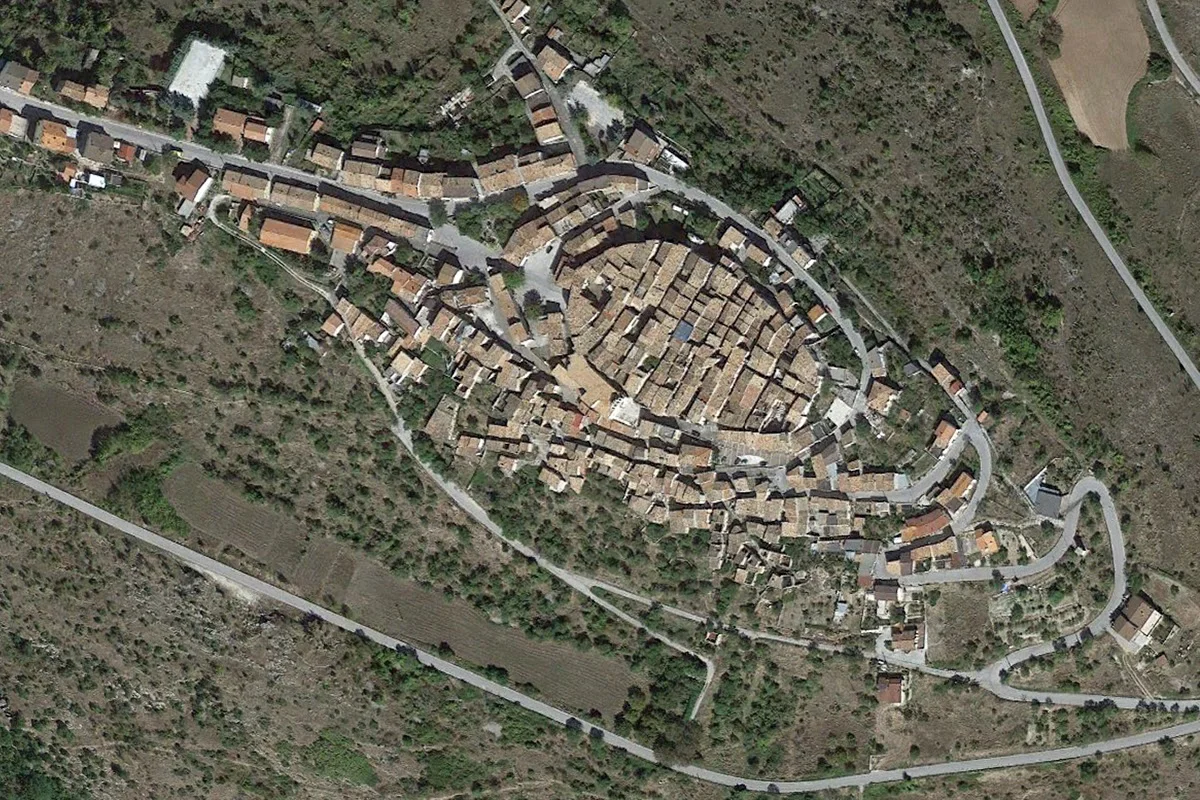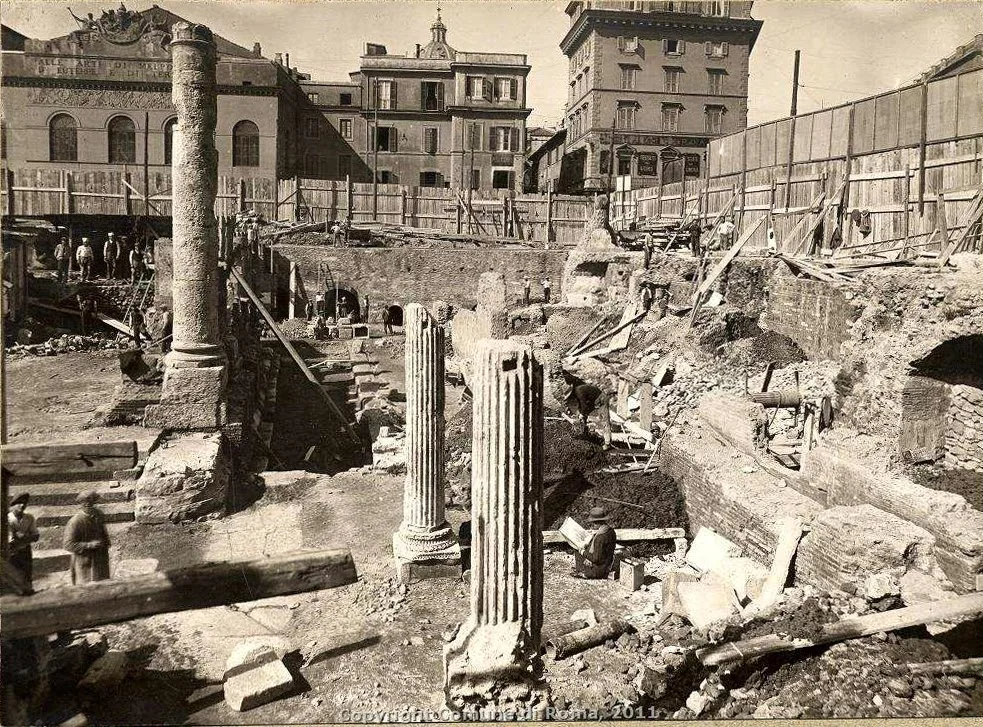(Talk about branding and rebranding!)
Read MorePerhaps no mythical beast associated with a city, at least in the western canon, is more famous than the Lupa at the center of Rome's foundational myth.
Read MoreThe paintings depict two of just a handful of local festivities held specifically at night.
Read MoreIf you look carefully behind the front of the buildings along the street, you will notice that they are part of a single circular wall, the remnants of the central drum of Rome’s first Thermae, the Baths of Agrippa.
Read MoreMore than fifteen centuries earlier, the “Forma Urbis Romae” made one of the first attempts, if not the first, to map the imperial city.
Read MoreThe urban structure of settlements on mountains and hills typically follow the “lay of the land”. Take for example the towns in the Baronia de Carapelle on the Abruzzo region of Italy.
Read MoreWalking the narrow streets of Castelvecchio Calvisio--the small town on the Apennine Mountains of Abruzzo--one is immediately struck by the proliferation of stone stairs rhythmically projecting out from the façade of the buildings.
Read MoreGiambattista Nolli oriented his celebrated 1748 map of Rome with north up, a modern, carefully chosen cartographic convention, one that we still use today.
Read MoreSome open spaces in the city are voids left by the structures around them. Others are figural spaces defined by the surrounding buildings.
Read MoreWalking through Rome you continuously encounter antiquities amidst the contemporary fabric of the city.
Read MoreIn order to remember the names of Rome’s seven hills, Victorian school children used to memorize a rather silly phrase--Can Queen Victoria eat cold apple pie?--where the first letter of each word stood for the name of each of the hills.
Read More











